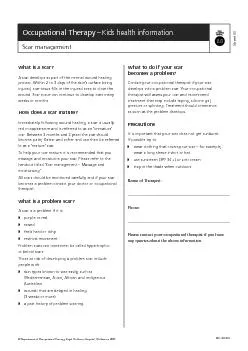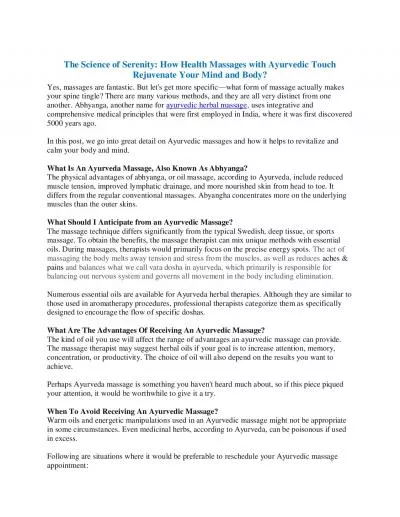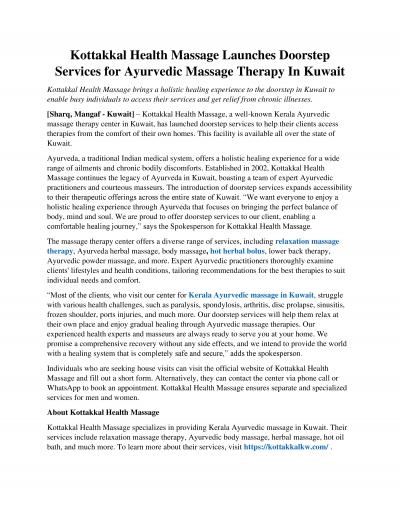PDF-massage and moisturise your scar. Please refer to the
Author : olivia-moreira | Published Date : 2015-10-17
handout titled Scar management x2013 Massage and All scars should be monitored carefully and if your scar becomes a problem contact your doctor or occupational What
Presentation Embed Code
Download Presentation
Download Presentation The PPT/PDF document "massage and moisturise your scar. Please..." is the property of its rightful owner. Permission is granted to download and print the materials on this website for personal, non-commercial use only, and to display it on your personal computer provided you do not modify the materials and that you retain all copyright notices contained in the materials. By downloading content from our website, you accept the terms of this agreement.
massage and moisturise your scar. Please refer to the: Transcript
Download Rules Of Document
"massage and moisturise your scar. Please refer to the"The content belongs to its owner. You may download and print it for personal use, without modification, and keep all copyright notices. By downloading, you agree to these terms.
Related Documents














